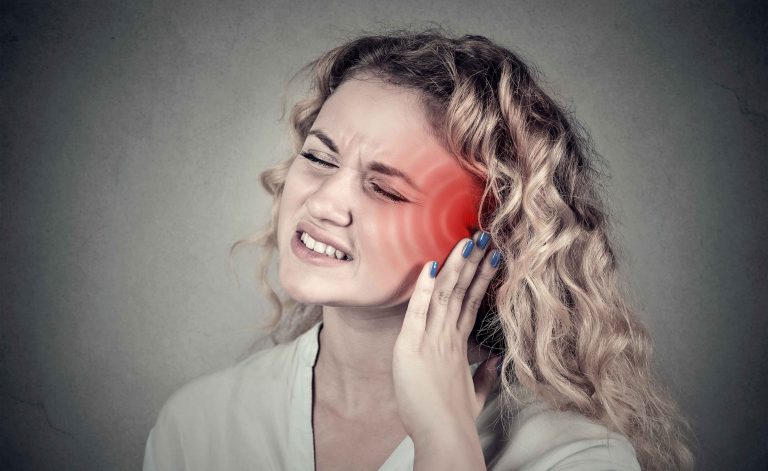
Trigeminal neuralgia: what are we talking about?
The inflammation of the trigeminal nerve, better known as trigeminal neuralgia, is a painful and chronic syndrome. It affects a pair of nerves located in a symmetric way on the left side and right side of our head.
The inflammation frequently affects the right side and female subjects over 50.
In rare cases, the disorder could be hereditary because of a malformation or a congenital, altered configuration of blood vessels.
Those who suffer from it know it well: the pain is dazzling, almost like an electric shock. Located at first in a specific point of the face it can radiate fast, until it affects the area above the eye and forehead. It also affects the mandibulary and maxillary areas, which cover cheeks, gums and of course teeth.
Its duration is short, but it can occur several times over time and, after the crisis, cause an increase of nasal and tear secretion.
Typical symptoms of trigeminal neuralgia include:
- pain, often unexpected and stabbing, sometimes with a burning sensation
- touching the cheek can cause real flashes of pain, similar to electric shocks
- pain can be limited to a small area or affect most of the half of the face
- soreness and face tingling before a painful episode
It is difficult to interpret the causes correctly, especially in the initial phase, reason why this syndrome is often diagnosed on the dentist’s bed. The patient often complains of a persistent toothache and a high sensitivity to hot and cold and sometimes to acid or sweet.
Dental sensitivity is a fairly widespread phenomenon among the population and can return at irregular intervals over time.
It can sometimes be linked to structural causes, such a deep cavity which undermines the nerve, or a cyst or a pressure stress such as night grinding. Other times it can hide more complex traps, such as the trigeminal neuralgia which initially presents moments of well-being between a crisis and the other.
However, crises intensity over the time causing great discomfort in the affected patient. For this reason, it is important not to ignore it and to understand its nature with a professional check-up, in order to exclude other causes and define the most appropriate therapy for healing.
